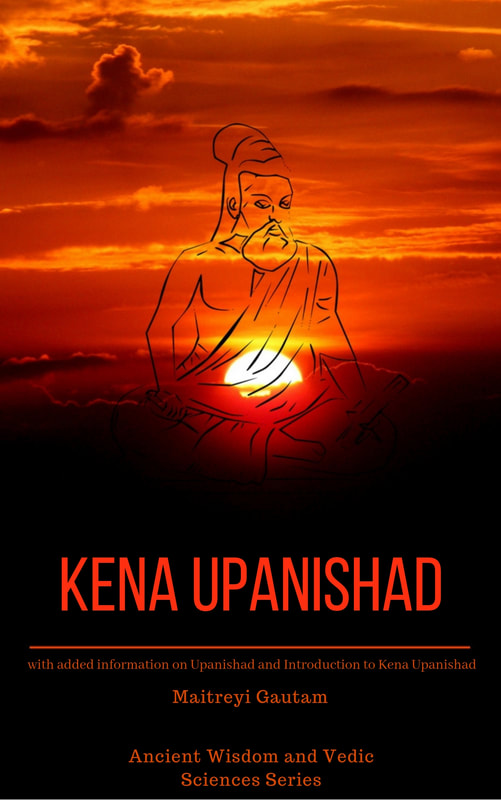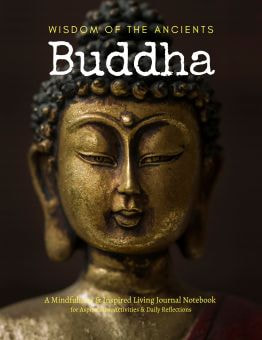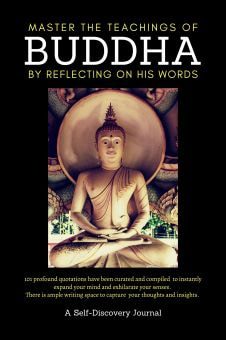The Ashtavakra Gita, also known as the Ashtavakra Samhita, is a Sanskrit scripture that is considered one of the most important texts in the tradition of Advaita Vedanta, a school of Hindu philosophy. It is written in the form of a dialogue between the sage Ashtavakra and King Janaka. The text is believed to have been composed in India between the 8th and 9th centuries CE.
The Ashtavakra Gita is characterized by its brevity and straightforwardness in expressing complex philosophical concepts. It focuses on the nature of the self and the realization of the non-duality of the self and the ultimate reality, Brahman.
Unlike other texts in the Vedantic tradition, the Ashtavakra Gita does not go into a systematic exposition of the different philosophical schools of thought or elaborate on the intricacies of Advaita metaphysics. Instead, it presents the central ideas of Advaita Vedanta in a concise and direct manner.
The Ashtavakra Gita teaches that the self is already perfect and one with the ultimate reality, and that there is no need for any spiritual practices or disciplines to realize this truth. The text argues that all actions, whether religious or secular, cannot bring about liberation, as they are based on the notion of an individual self that is separate from the ultimate reality. Instead, the Ashtavakra Gita suggests that one should directly realize the oneness of the self and Brahman through self-inquiry and the abandonment of all concepts and identifications.
The Ashtavakra Gita has been translated into numerous languages and has inspired many philosophers, scholars, and spiritual teachers, including Swami Vivekananda, Ramana Maharshi, and Osho.
Ashtavakra Gita, i.e. the Ashtavakra Samhita is highly regarded for its direct and uncompromising approach to spiritual realization and its emphasis on the immediate experience of the self as the ultimate reality.
The Ashtavakra Gita is characterized by its brevity and straightforwardness in expressing complex philosophical concepts. It focuses on the nature of the self and the realization of the non-duality of the self and the ultimate reality, Brahman.
Unlike other texts in the Vedantic tradition, the Ashtavakra Gita does not go into a systematic exposition of the different philosophical schools of thought or elaborate on the intricacies of Advaita metaphysics. Instead, it presents the central ideas of Advaita Vedanta in a concise and direct manner.
The Ashtavakra Gita teaches that the self is already perfect and one with the ultimate reality, and that there is no need for any spiritual practices or disciplines to realize this truth. The text argues that all actions, whether religious or secular, cannot bring about liberation, as they are based on the notion of an individual self that is separate from the ultimate reality. Instead, the Ashtavakra Gita suggests that one should directly realize the oneness of the self and Brahman through self-inquiry and the abandonment of all concepts and identifications.
The Ashtavakra Gita has been translated into numerous languages and has inspired many philosophers, scholars, and spiritual teachers, including Swami Vivekananda, Ramana Maharshi, and Osho.
Ashtavakra Gita, i.e. the Ashtavakra Samhita is highly regarded for its direct and uncompromising approach to spiritual realization and its emphasis on the immediate experience of the self as the ultimate reality.






















